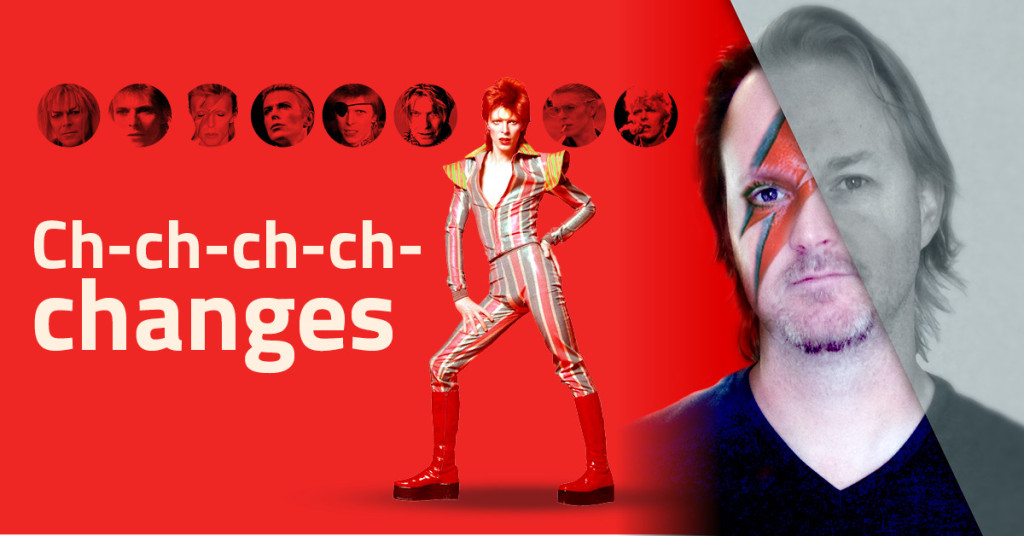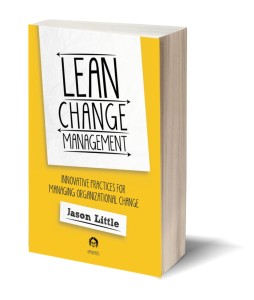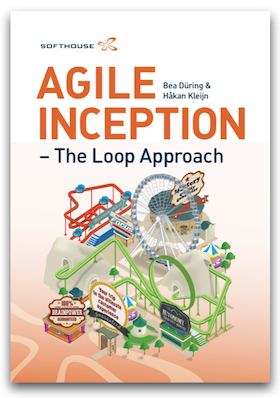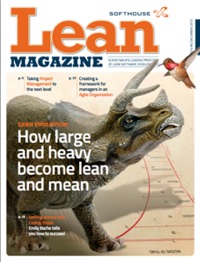
Manage Change like a Rockstar – Interview with the author of the best-seller Lean Change Management – Jason Little
‘While helping a department of 400 people transition to Agile, I discovered the world of organizational change the hard way,” says Jason Little who learned the mechanics of Scrum and started experimenting after taking a Certified Scrum Master (CSM) class. “That is, once Agile at the team level starts disrupting the rest of the organization, there was a whole other world of ideas, practices, and challenges that Agile didn’t address.”
Over his career, Jason Little has worked with companies of all sizes – from 10-person startups to 80,000+ enterprises in healthcare, marketing, HR, media, and telecom, and so has had the benefit of seeing many different cultures and industries. In 2011 he was approached by Pearson Education who were looking for someone who could produce material about the organizational change aspect of Agile in a clear and simple way. After producing an online course, Little released his book Lean Change Management: Innovative practices for managing in late 2014.
What would you say are the most common impediments or learning processes when large organisations want to implement change?
“In large organizations, I would say there is usually a 12–18 month period of time where the change is chaotic. Change agents (or Agile coaches) are running amok, and visible successes are hard to come by. At some point, someone high enough in the organization feels the need to get the change under control, so they either fire the consultants, or bring in a command-and-control style leader to get things standardized and under-control.”
“The ideas in my book help by not constraining you to a set of practices. We have over a century of models to pick from, so I recommend stealing the best ideas from the ones that make the most sense in your context so you can build your own approach to change. I think that’s the differentiator of my book. I’m not attempting to sell you a prescriptive model, I’m showing you how to build your own by understanding your organization, the pace of change it can sustain, and whether or not you should swim with the current and be less disruptive, or swim against the current and be more disruptive with how you approach change.”
What are your main recommendations for an organization that intends to launch an Agile Transformation project?
“Organizations tend to create an agile operating model by choosing a framework to start with (SAFe, LeSS, DaD, Scrum, Kanban or what-have-you) and they try to hammer it onto their existing structures, norms, and culture.”
“An article I wrote for Better Software Magazine shows how to look at Agile Transformations the same way social change happens. Early on in an Agile Transformation, the people who love Agile run with it. Sometimes they run too far ahead of the organization and end up getting frustrated that everything else isn’t changing fast enough. Usually these folks end up alienating themselves from the organization because they start using Agile as a stick and eventually they leave the organization.”
Control of Chaos
“Any organization change has a way of working itself out. My article attempted to describe how to learn about how social change happens so you know what to do when faced with the desire to get those agile people under control. As change emerges, it creates more and more chaos, and at some point the change starts to coalesce in an informal way.
Then someone, who’s usually on the outside of the change, decides that it looks too chaotic and it must be controlled. That moves the organization into a bureaucratic view of the agile transformation which eventually leads to decline.”
“The purpose of the article was to look at the 4 stages of social movements (emergence, coalescence, bureaucratization, and decline) and know where you are, based on the patterns of behaviour you see. Armed with that knowledge, you can create an approach to agile transformation that aligns with how societies change.”
How do you think Change Management will develop in the future?
“‘Agile’ is a huge buzzword in change management today. Everywhere I look on Linked In is ‘agile this’ and ‘agile that’. There will be a flood of Certified Agile Change Manager credentials from all the big players coming in late 2017 and into 2018, but most of them will miss the point…and the boat. By the time the big players catch up, the change world will have moved on to the next big thing.”
“I think the big prescriptive change processes and best practices will always exist, but they will incorporate more agile, and lean practices within them. Enterprise organizations will always feel safer with a big diagram of a complex model, and typical best practice, or tried-and-true thinking.”
Agile Coaches instead of Change Managers
“Overall, I think agile coaches will eventually replace change managers and organizational change practitioners (OCP) because agile coaches are learning about the dynamics of change through an agile lense, whereas traditional change managers, and OCP folks are coming from a purely process-driven view. Obviously that’s not 100% true, but the patterns exist. I’ve been all over the world and thousands of people from agile coaches, to managers, to change and OD people have come through my workshops.”
“Agile folks generally are more flexible and open to combining ideas from many different areas, while change and OD people like to stick to the models they learned in their last certification course. That’s not a slight, it’s just different experience. Had I gotten into organizational change by taking Method X Certification, I’d likely think that method is the best.(By the way, that’s referred to as Baby Duck Syndrome, or Imprinting. We cling to the first models, methods, or program languages we learn and compare all new ones to our first love.)”
“Finally, whether you’re coming from an Agile or traditional change background, the biggest thing that will change is that change agents will realize they need to integrate more with the rest of the organization and work in the white space. This instead of creating standards and isolating themselves from the incredible pace of change being forced on delivery teams.”

Jason Little’s book about Lean Change Management is intended to help the readers to implement successful change and by- pass change resistance by co-creating change. It does that through examples of how innovative practices can dramatically improve the success of change programs. These practices combine ideas from the Agile, Lean Start- up, change management, organizational development and psychology communities. You can read more about the book and order it at: http:/leanchange.org/


